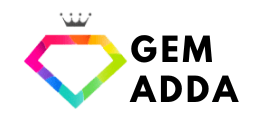Precious Gemstones


Gemstone is a piece of crystal, mineral, or organic material. They are formed over hundreds or thousands of years under pressure and extreme heat inside the earth. Gemstones are commonly classified on the basis of groups, species, and varieties or by their chemical composition, i.e., silicates, oxides, etc.
In other words, material that has the three essential qualities of beauty, rarity, and durability (B, R, and D) and can be fashioned into an attractive form can be used as a gemstone.
Read some Informative Articles about these gemstones. It will help you a lot with selection as well as purchasing.




